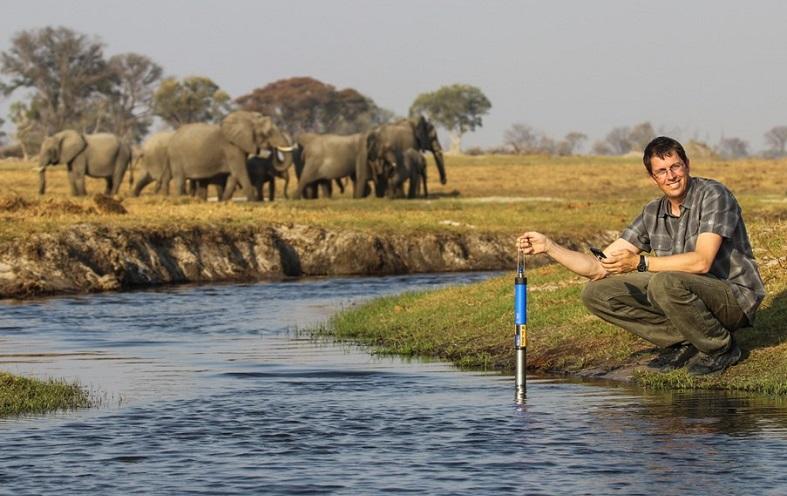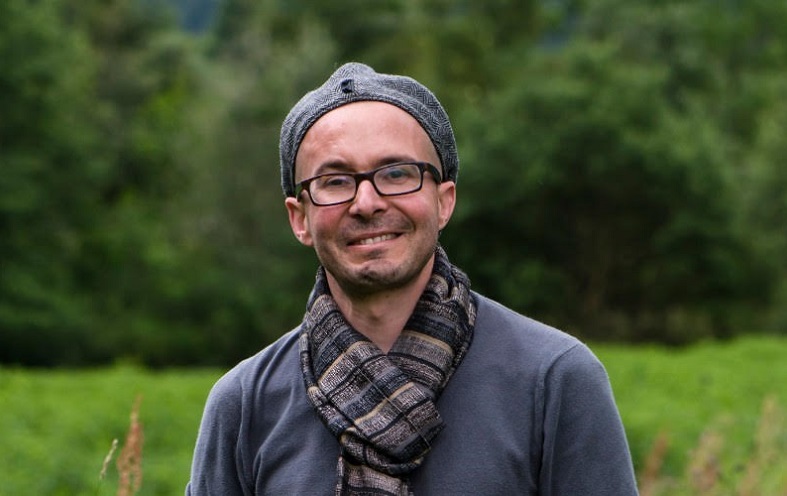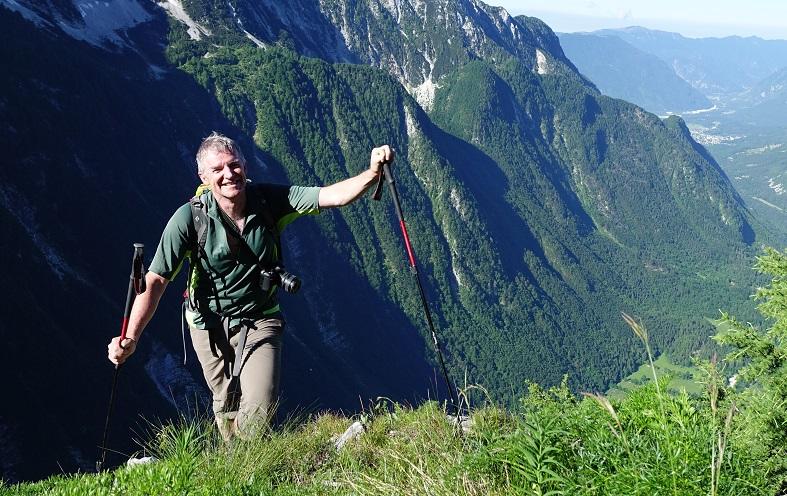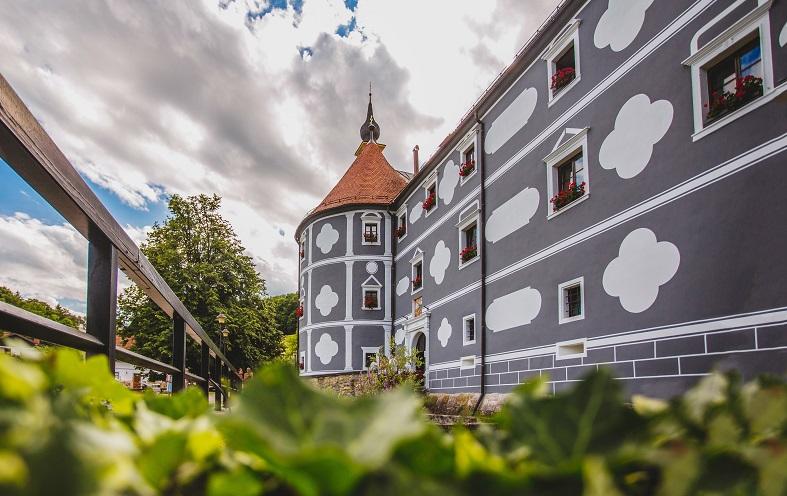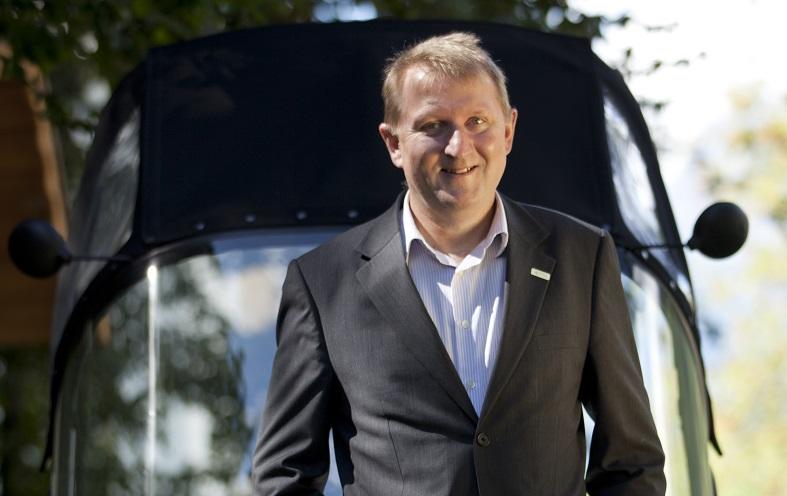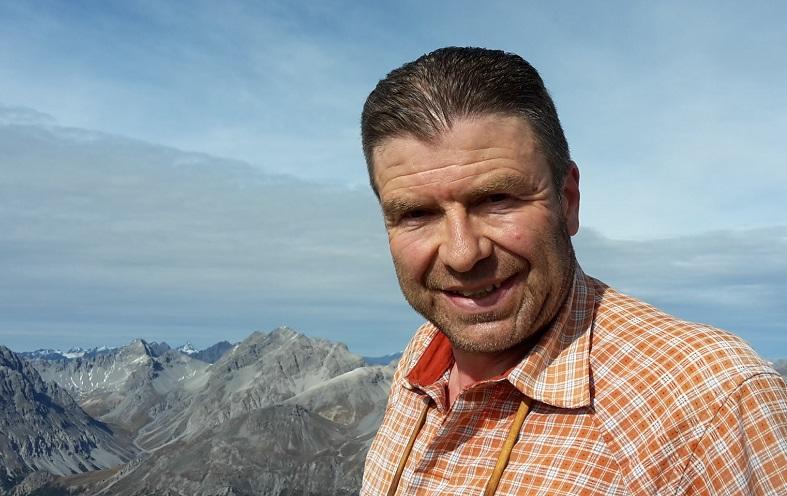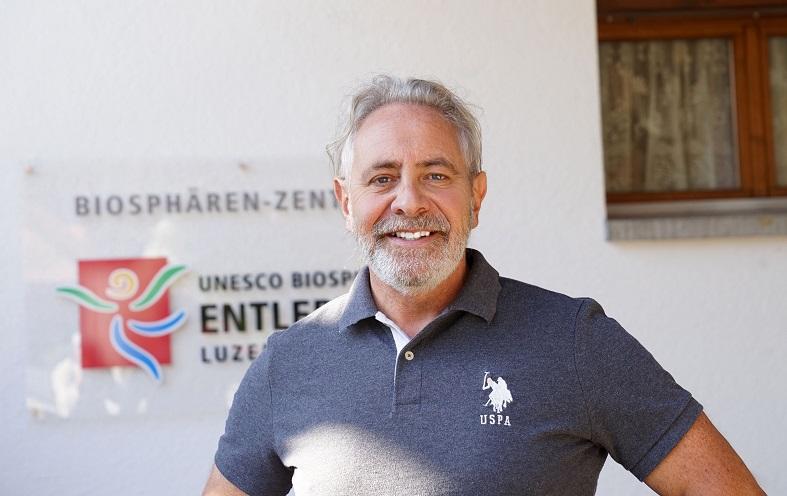
How do you balance a destination’s tourism success in terms of visitor numbers with the needs and wishes of residents?
Jos Vranken, Managing Director at NBTC Holland Marketing, in this interview illustrates the national tourism vision for the sustainable development of Holland as a tourism destination. Jos also explains how the COVID-19 pandemic has affected the work of the organization – and the destination, and why people need to make an honest attempt to travel responsibly, for tourism to be able to recover and develop well.
Jos, what motivated you to take up the role of Managing Director at NBTC Holland Marketing, the organisation in charge of promoting the Netherlands as a destination?
After having handled various roles within the travel, tourism, and hospitality industries, I got the opportunity to head the National Tourism Board in late 2007. After being employed by NBTC in another role some years before (Director UK & Ireland, London, 1999-2003) the love for the organisation, its purpose, position, and potential never died. Hence, when I got in the position to take the helm, it was a no brainer. It turned out to be a tough start, given the financial and economic crisis that occurred in December 2007.
In hindsight, I identify roughly three distinctive stages in my capacity of CEO: breaking, building, and transforming. After having reorganised and rebuilt the organisation followed by a strategic re-development, we are now in the middle of a systemic transformation; as an industry as well as the organisation.
Currently, the transformation process has, of course, been heavily affected by the COVID-19 crisis, forcing us to focus on short-term support, re-thinking and re-designing our activities for 2020 and 2021. These dynamics in a public-private setting to develop a valuable and enjoyable sector still makes me tick and keeps me going since that decision back in late 2007.
In your view, what does Holland stand for today? And what makes it a “green” destination?
As you know, The Netherlands is mostly man-made. Reclaimed from the water. In a relatively small country with a relatively high population density, we constantly need to think about the optimum way to utilise our (natural) resources. It turned The Netherlands into an inventive nation, constantly searching, designing, and applying solutions for a sustainable future in an environment where space and resources are limited.
I’d say that our open attitude, inventiveness, and entrepreneurship create a great breeding ground for innovation and practical solutions for everyday needs and future challenges alike. As a destination, this should translate to a more balanced approach: taking the common interest and needs of visitors, citizens, and entrepreneurs as a starting point and focusing on the economic as well as ecological and social impacts.
Sustainability reaches well beyond the ecological angles. It also incorporates the social sustainability of our visitor economy. Our conviction is that only then we can ensure a livable, loveable, and valuable country.
With regard to the ecological angle: the process that is taking place will drive a decrease in our ecological footprint of destination Netherlands. For instance via a focus on source markets that can reach the Netherlands by electric car, benefitting from the excellent e-infrastructure, or by train. Within the destination, the e-bike and our world-class infrastructure provide ample opportunities to discover our country sustainably.
Driven by the growing interest and demand for ‘green’ products and services, entrepreneurs are genuinely ‘greening up their act’ fast.
Given the importance of sustainability in the bids for meetings and conventions we clearly see that our M&C industry is greening up very fast and is among the global front runners, hopefully presenting them also with a head start when it comes to sustainable recovery post-COVID.
NBTC’s Perspective 2030 has ambitious goals with regards to handling the anticipated 50% rise in tourists by 2030. Is this scenario still realistic, post-COVID-19? (How) have you had to adjust your destination management strategy?
COVID-19 will affect the estimated numbers, the growth trajectory and speed. One of the scenarios particularly in the case of a working vaccine or remedy could still be a 50% rise. It may take a little longer, but in that scenario, most of the world population will still be willing, able, and committed to travel.
As a vision, ambition, and a strategy, we feel confident that “Perspective 2030” will be as relevant as before COVID-19 since it aims to deliver sustainable development of destination Netherlands, based on the common interests of citizens, visitors and businesses and focus on a balanced approach to economic, ecological and social impacts. Something that will be relevant even without (extreme) visitation growth.
We will use scenario planning to assess what the possible impact of various conditions will be to adjust our planning as and when needed. Tactics, however, do change. Our short-term approach and activities are influenced heavily by the current crisis.
The pandemic has set many destinations back, with no hints of a full recovery anytime soon. To what extent will the current situation impact the commitment of cities, regions, or countries to sustainable tourism?
It will be very interesting to see how governmental interventions and market dynamics will interact. Market dynamics are very strong and these market reflexes, both from businesses as well as consumers, are deeply rooted and old habits die hard, as we all know. In other words, the market could easily fall back to its pre-COVID-19 habits as and when a vaccine or remedy has been introduced, driving volume to previous heights based on the intrinsic motivation to travel and myriad of (discounted) propositions to feed that desire.
However, if destinations would like to see COVID-19 act as the much-debated reset, personally, I think they need to start thinking and acting as a change agent fast by putting in place relevant interventions to steer the market in the desired directions (and those differ per destination, even within a country). Of course, you’d also like to see businesses and consumers acting as change agents, arguably being much stronger and more inspiring.
However, I am fairly sceptical about the autonomous and organic change or even reset, considering the absolute need for liquidity (and thus visitors) to survive as a business and people’s strong desire to travel. So, change can be facilitated and actively guided by governments to redirect future visitor streams and the conditions to realise that – in our specific case much like our ability and reputation to redirect water streams and shield ourselves from flooding.
Brian Mullis, in his interview with The Place Brand Observer, highlighted that Guyana is trying to attract “travellers who seek out authentic nature, culture and adventure experiences as they tend to stay longer and spend more during their vacations, travel with a lighter environmental footprint.” What type of visitor are you targeting, in your efforts to achieve destination sustainability?
Well, considering our broader definition of sustainability, striving for balanced economic, ecological, and social impacts, we’d like to attract those travellers who add value to the destination, mainly by being respectful of and interested in our core values; who value sustainable travel and are willing to spend money in our local communities as well.
Guests who travel beyond our hotspots have a higher propensity to spread out, travel independently, and absorb well in their temporary host environment: those who travel with intrinsic motivation for a place or theme and respect their hosts and their communities. So, looking at more angles than just the economic value to define ‘valuable visitors’ or ‘quality guests’. Clearly, this is still work in progress and, to make matters more complicated, there’s huge differentiation per city or region, given their different ‘fabric’ and challenges.
One of the strategic cornerstones of Perspective 2030 is to spread future visitors throughout the country, though the effectiveness of distributing visitors seems to be limited, judging by the experiences of Amsterdam Marketing. How can The Netherlands ensure that the locals in less travelled destinations are prepared to receive the influx of visitors when they are already aware of the negative implications of mass tourism observed in Amsterdam?
First and foremost, we do not try to seduce people to visit places where they are not wanted. This strategic pillar of Perspective 2030 relies heavily on the right definition and intended purpose of ‘distribution’. It is not trying to convince visitors to Amsterdam to travel elsewhere. Why would they? They made a deliberate choice to visit our capital – and they should, it’s beautiful.
What we do mean in the framework of Perspective 2030 is to identify those destinations that see an active role for the visitor economy to contribute to their local/regional challenges. Their ambition and challenges in combination with a clear and credible positioning act as a compass for destination development and marketing, seducing the desired guests at the desired times. This process or cycle should always be based on the place’s own identity and DNA, to attract and cater for future guests who fit the profile.
In other words, based on the principles of Perspective 2030 we try to drive a nation-wide bottom-up process, developing attractive destinations based on their own unique identities and subsequently attracting ‘matching guests’, who recognise and are driven by these qualities; this also applies to the impact on the acquisition of businesses and future citizens. By doing so, we aim to steer and distribute future guest flows into desired directions.
The low hanging fruit is to deliver themed propositions and partnerships, as we do through co-created storylines, attracting specific guests to specific places. A decentralised or deconstructed destination if you like, consisting of several cities or regions sharing the same theme and catering for the same desired guests. If Amsterdam is part of such a theme, it acts as a gateway location to the other partners within the themed partnership, thus stimulating visitation to these other places and decreasing some pressure in Amsterdam itself.
Destinations like Amsterdam need to address more the pre-COVID ‘overtourism’ in their city centers. A clear vision plus a coherent action programme, including demotivating and limitation measures for some and development and seduction measures for others, need to be put in place.
Successful destination marketing used to be mostly about innovative, engaging campaigns and selling a destination’s offerings to potential visitors. Yet, in times of “overtourism”, it is more and more about brand stewardship and active networking internally. In your view, are DMOs prepared for this paradigm shift – ready to take on the role of facilitator and brand/destination manager, rather than “just” promoter?
It’s a work in progress. In the Netherlands, most DMOs are well aware of the need as well as the opportunities for this transformation. In many destinations, they are starting to act on it. At NBTC, we restructured our organisation along the lines of 4 working domains that – for us at least – define destination management:
- Intel & insights
- Strategy & branding
- Destination development
- Marketing
So, marketing (or promotion if you like) is still very much part of our scope, however, it’s now part of a broader, coherent, and interdependent set of expertise that allows us to deliver on the challenges and opportunities of destination management. It requires new knowledge, expertise, and capabilities that we sourced externally.
It also meant decreasing our resources for marketing and building and strengthening other domains, including the introduction of a new domain to us: destination development. If we ask other stakeholders to make their contribution to Perspective 2030, we may as well start by practising what we preach ourselves. The restructured organisation in line with Perspective 2030 enables us to do so. The jury is still out when it comes to its effects – we have only just started on this exciting journey.
How important is a destination’s sustainability performance nowadays for its appeal to visitors and its competitiveness?
Well, for a relatively small yet growing group it’s a must, and for most others a nice to have. We are convinced that sustainability will become a hygiene factor, so as a destination we should start thinking and acting based on ‘sustainability by design or default’ throughout the entire customer journey. Quite a challenge is such a fragmented travel and tourism landscape. A nice example is Hotel Jakarta in Amsterdam, almost completely CO2-neutral yet hip, cool, and luxurious.
One of the key issues with sustainability in tourism is to overcome the gap between our attitude as citizens versus our behaviour as consumers. In 2019, the term ‘flight shame’ popped up in the public debate, expressing the fact that an increasing group of people is becoming aware of and now opposed to the downsides of (cheap) flights/flying. Yet, in that same year, Dutch people flew more than they had ever done before. The sector has its work cut out and we believe that it’s a matter of time when attitude and behaviour will get aligned: we better be ready for it.
Which trends do you observe in destination management that are likely to influence the work of tourism leaders and sustainability stewards in the years ahead?
- Tourism as a mean to various ends, rather than just an end in itself.
- Shared interests as a driver instead of a single sector or stakeholder’s interests.
- Marketing becoming less relevant.
- Cross-sectoral collaborations, both in government as well as companies.
- Liveability and sustainability becoming as important as ‘the economy’.
- Tourism becoming more complicated.
Thank you, Jos.
Connect with Jos Vranken on LinkedIn. Find out more about the Netherland’s Perspective 2030 here.
Enjoyed our interview with Jos Vranken on the coronavirus pandemic, overtourism and Holland’s destination management and sustainable development strategy? Thanks for sharing!

